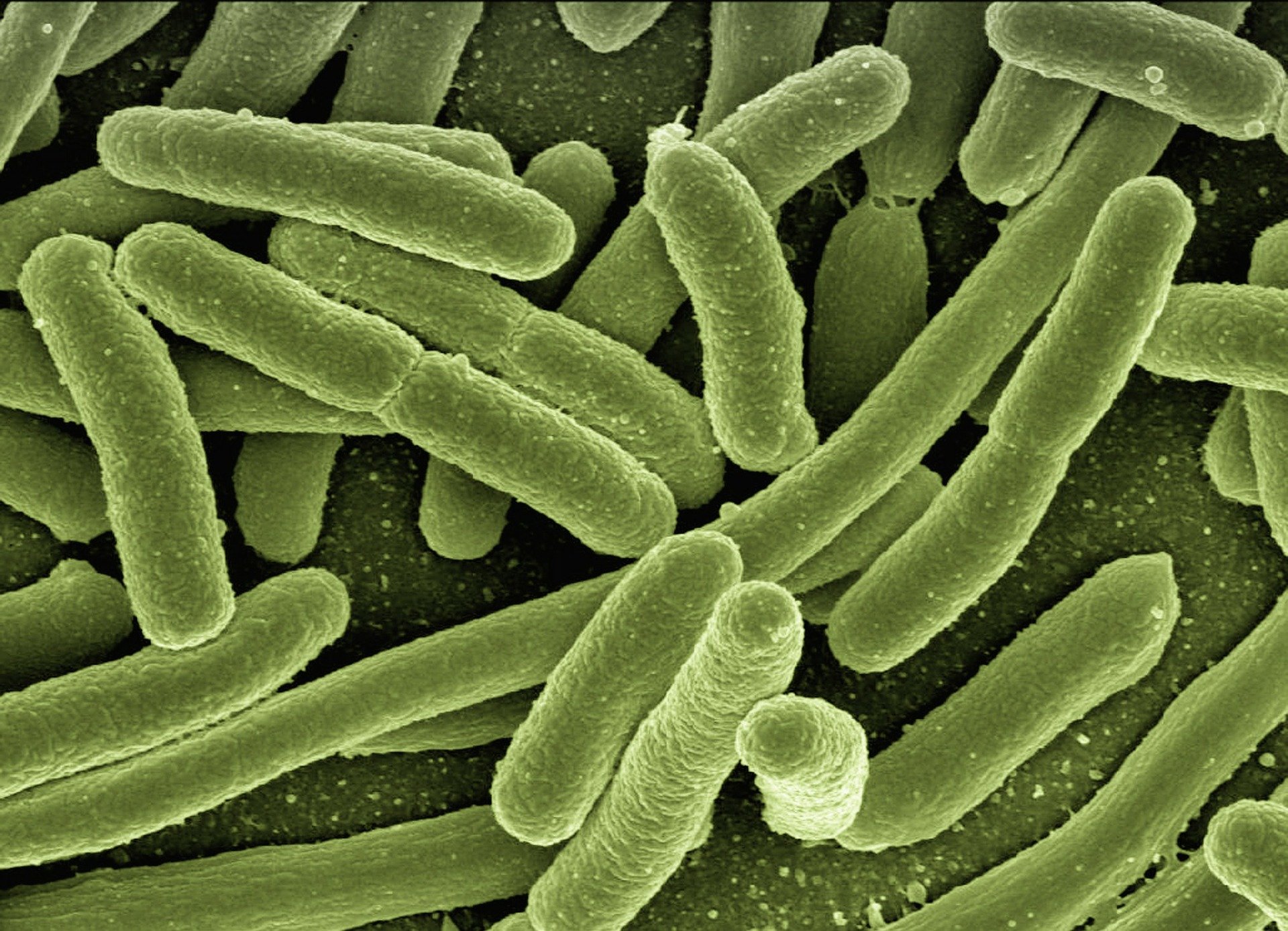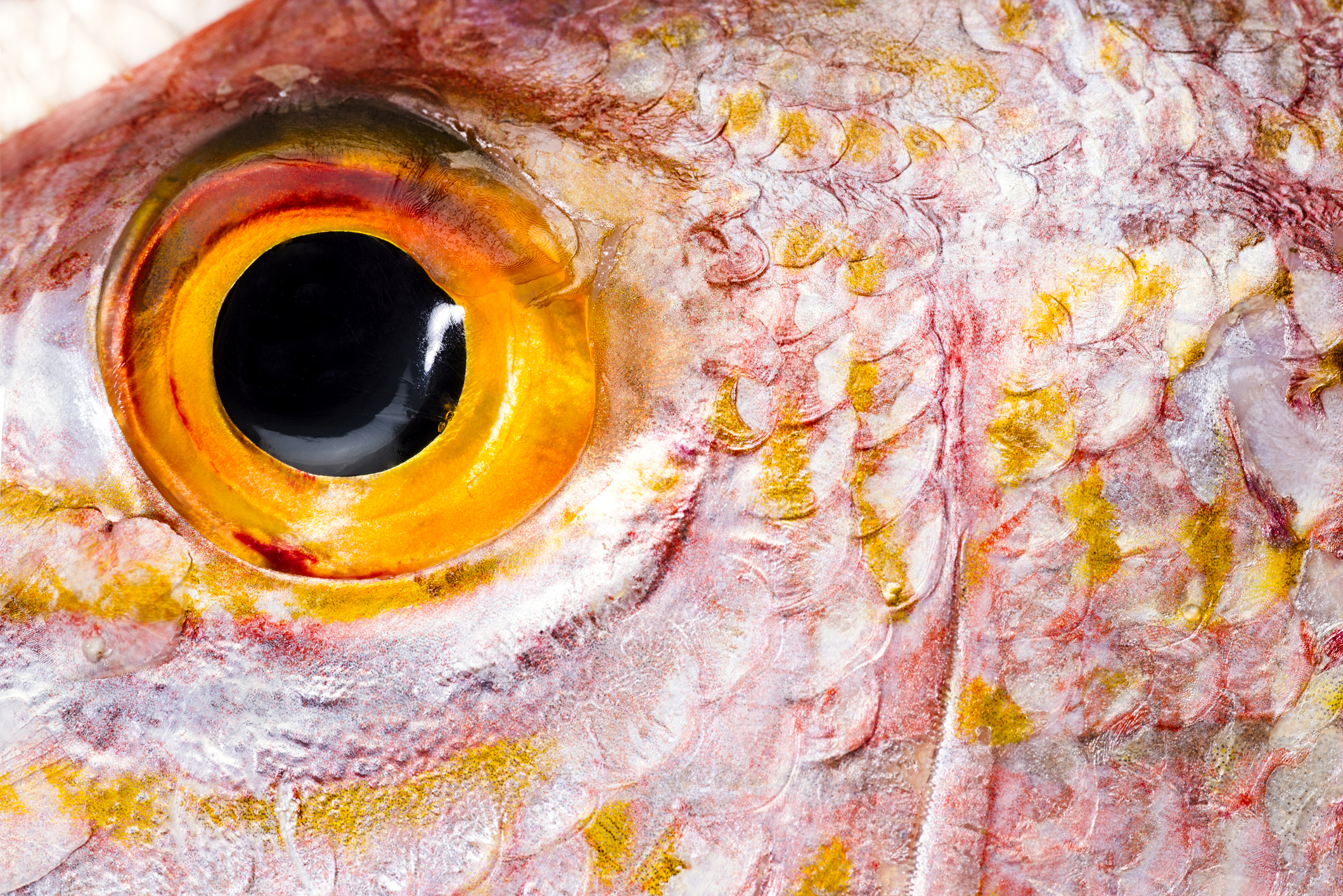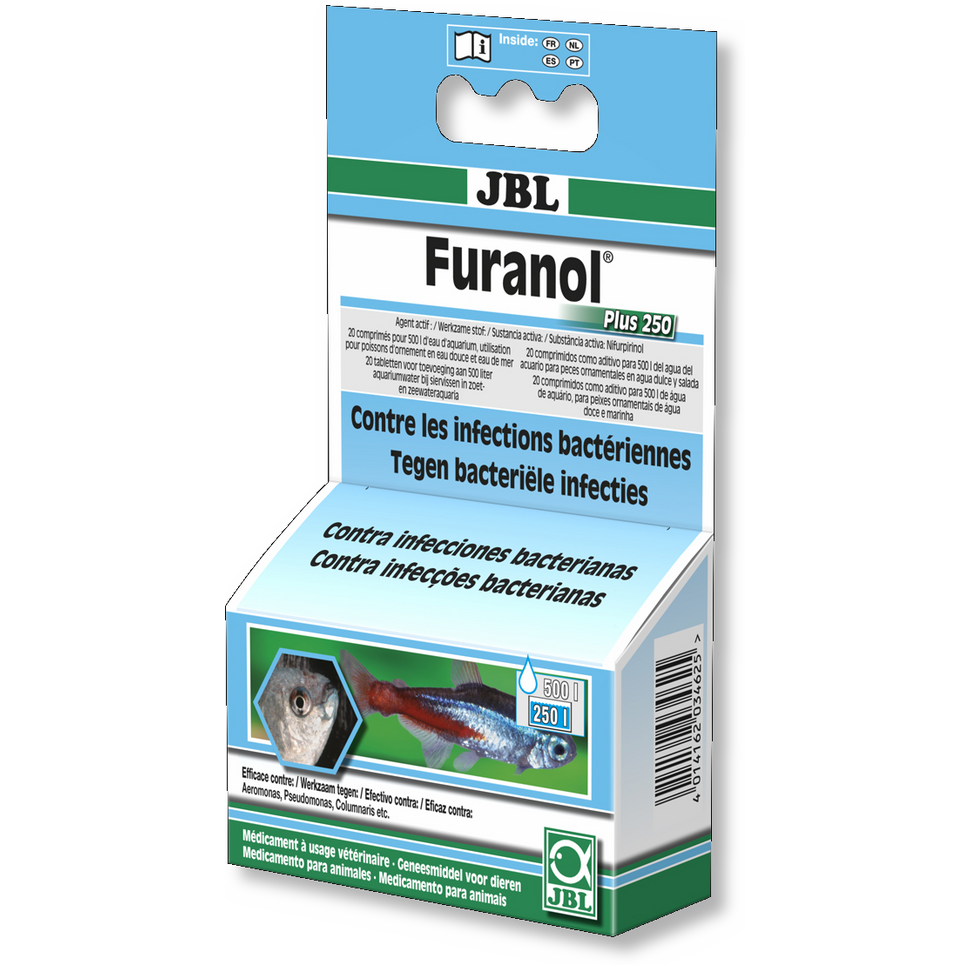The infectious abdominal dropsy (BWS)
Germs and bacteria are present in practically every aquarium. Some of them are even quite desirable, because they contribute, among other things, to the breakdown of pollutants and are therefore useful and welcome helpers. Despite their presence, this does not necessarily mean that a disease will break out in the aquarium, because this actually only happens when certain parameters have gone completely out of control and the fish are under stress as a result. And stress not only affects your fish, but also their immune system. And a weakened immune system has a hard time fighting off pathogens effectively. Therefore, you should always make sure that you change your water regularly and do not neglect to thoroughly vacuum the substrate. It is also better to observe new fish in quarantine for a while before you put them into the new aquarium.

What are the symptoms of dropsy?
The BWS appears relatively seldom and it is still not conclusively clarified why it appears and what exactly caused it, but bacteria of the Aeromonas and Pseudonomas- which can be found in almost every aquarium - are suspected. It is also known as cyprinid disease, although it can also affect all other fish. However, it is not unknown among all fish diseases and has the reputation of being a real fish killer, mainly because it is very often misdiagnosed- with sad results- because BWS spreads rapidly and is maximally "successful".
The first indication of infection with BWS is a round belly caused by fluid. Quite promptly, a deterioration of the organs follows, with the fish even shedding its own intestinal mucosa, until gradually the kidneys fail and the fish finally dies. Water accumulates during the course of the disease in the abdomen, the scales, but also behind the eyes - in this condition a fish is no longer treatable. Because the infection spreads rapidly, every second counts as soon as you notice the first signs.

But there are also other signs that indicate a disease, which can be recognized visually. Apart from their bloated belly, infected fish also show an anal inflammation, the formation of pop-eyes, but also dandruff. Blisters and pale skin areas may also be noticeable. The body of the animals gradually fills with water, the kidney becomes inflamed and the gall bladder tends to swell, also the liver becomes discolored. Usually affected animals secrete themselves and breathe fast and frantically, sometimes they also rock in the water and are otherwise relatively apathetic.
First aid in case of suspected BWS
If you have recognized these signs in your fish, you should better drop everything, because now every second counts, if you might still be able to save your fish. Fish with BWS can really only be treated before the fat belly has developed, therefore you should really observeyour animals meticulously, you can also use a magnifying glass and do not hesitate to ask a friendly aquarist, aquarium specialist or veterinarian. If you are convinced that your fish may have the first signs of BWS, catch the affected animals and place them in a bowl or bucket of aquarium water to which you have added 2-5 grams of salt per liter, because this virtually "pulls" the water out of the fish body again and also reduces the germ density. You can also increase the temperature during this time. Make sure that you have an oxygen supply in your quarantine tank, you can easily create this with an oxydator or outflow stone. During the treatment you should not feed the animals, because they need their maximum power to get healthy - even if you almost can't stand it anymore, it is really better not to give them anything in the first time. Remember, however, that you do not use the used net in your aquarium afterwards and either disinfect it or dispose of it, because with BWS there is a very high risk of transmission.

Possible medications for BWS
JBL offers a preparation called "Furanol", which is suitable for treatment and works with the help of the antibiotic-like active ingredient Nifurpirinol. It is effective against all types of bacterial diseases, including bacteria of the genus Aeromonas, Pseudomonas, Columnaris, Flexibacter and others.
Even if medications and salt cures do have the desired effect, you should still treat your aquarium and immediately perform a large water change of 80% to reduce the density of bacteria and put a stop to it. Make sure that the oxygen content is increased, you can also turn the temperature up a bit. Because antibacterial medications also attack the filter bacteria, you should therefore use outflow stones or an oxydator , a Twinstar also does a good job.
After the treatment with medication you should change the water and remove the last residues from the water with activated carbon, zeolite or montmorillonite . Gradually reduce the temperature back to normal. Take good care of your fish and watch them carefully. Do not be afraid to ask for advice in case of doubt, as this is the only way to ensure that your pets are doing well.
